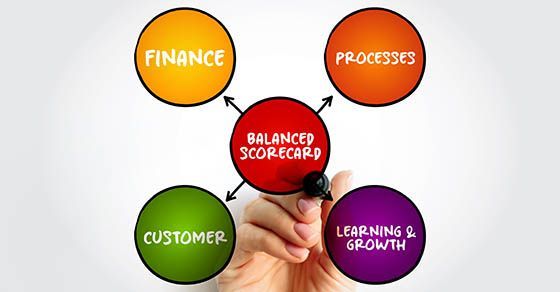Advantages of keeping your business separate from its real estate
Does your business require real estate for its operations? Or do you hold property titled under your business’s name? It might be worth reconsidering this strategy. With long-term tax, liability and estate planning advantages, separating real estate ownership from the business may be a wise choice.
How taxes affect a sale
Businesses that are formed as C corporations treat real estate assets as they do equipment, inventory and other business assets. Any expenses related to owning the assets appear as ordinary expenses on their income statements and are generally tax deductible in the year they’re incurred.
However, when the business sells the real estate, the profits are taxed twice — at the corporate level and at the owner’s individual level when a distribution is made. Double taxation is avoidable, though. If ownership of the real estate is transferred to a pass-through entity instead, the profit upon sale will be taxed only at the individual level.
Safeguarding assets
Separating your business ownership from its real estate also provides an effective way to protect the real estate from creditors and other claimants. For example, if your business is sued and found liable, a plaintiff may go after all of its assets, including real estate held in its name. But plaintiffs can’t touch property owned by another entity.
The strategy also can pay off if your business is forced to file for bankruptcy. Creditors generally can’t recover real estate owned separately unless it’s been pledged as collateral for credit taken out by the business.
Estate planning implications
Separating real estate from a business may give you some estate planning options, too. For example, if the company is a family business but all members of the next generation aren’t interested in actively participating, separating property gives you an extra asset to distribute. You could bequest the business to one member and the real estate to another.
Handling the transaction
If you’re interested in this strategy, the business can transfer ownership of the real estate and then the transferee can lease it back to the company. Who should own the real estate? One option: The business owner can purchase the real estate from the business and hold title in his or her name. One concern though, is that it’s not only the property that’ll transfer to the owner but also any liabilities related to it.
In addition, any liability related to the property itself may inadvertently put the business at risk. If, for example, a client suffers an injury on the property and a lawsuit ensues, the property owner’s other assets (including the interest in the business) could be in jeopardy.
An alternative is to transfer the property to a separate legal entity formed to hold the title, typically a limited liability company (LLC) or limited liability partnership (LLP). With a pass-through structure, any expenses related to the real estate will flow through to your individual tax return and offset the rental income.
An LLC is more commonly used to transfer real estate. It’s simple to set up and requires only one member. LLPs require at least two partners and aren’t permitted in every state. Some states restrict them to certain types of businesses and impose other restrictions.
Tread carefully
It isn’t always advisable to separate the ownership of a business from its real estate. If it’s a valuable move, the right approach will depend on your individual circumstances. Contact us to help determine the best way to minimize your transfer costs and capital gains taxes while maximizing other potential benefits.
© 2024










